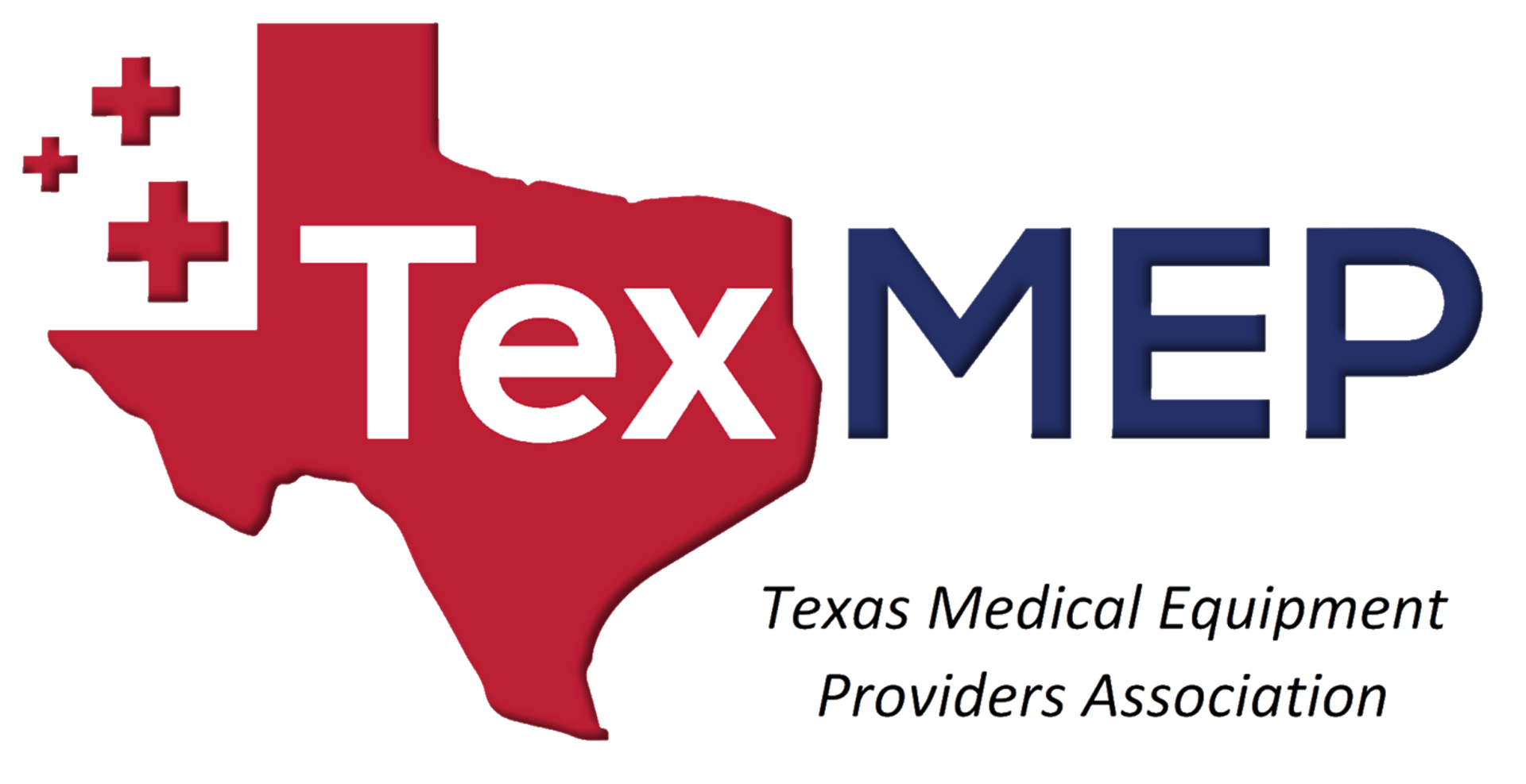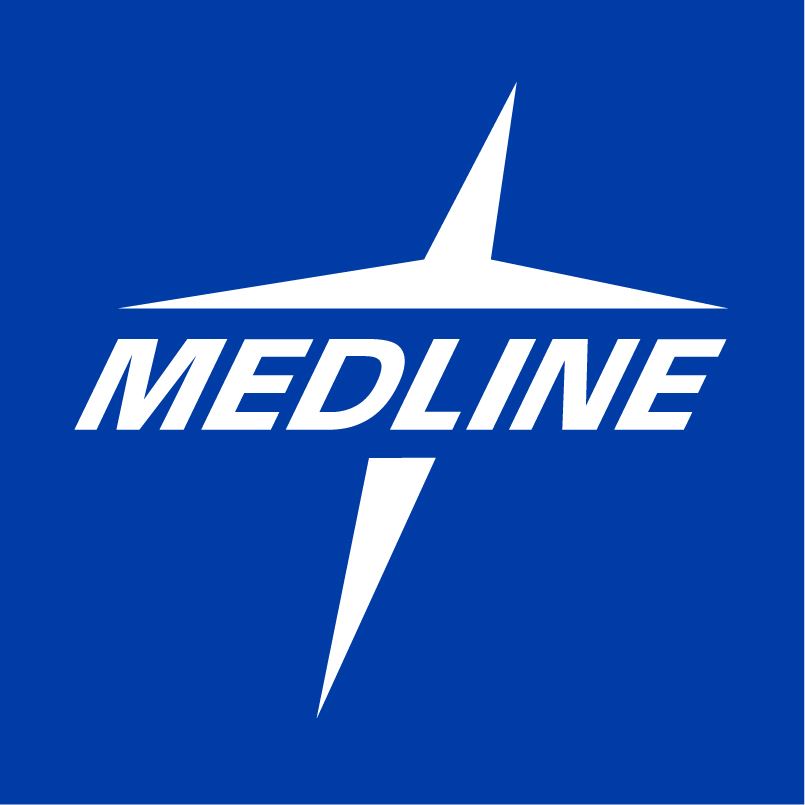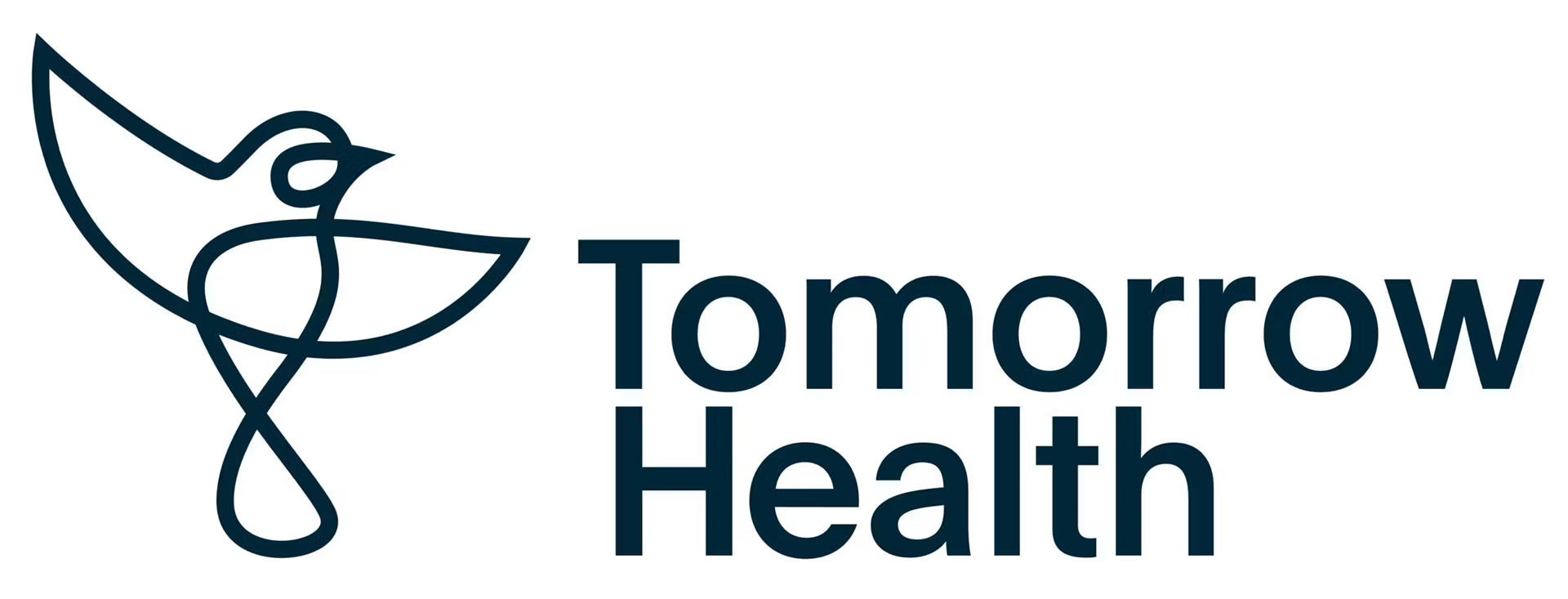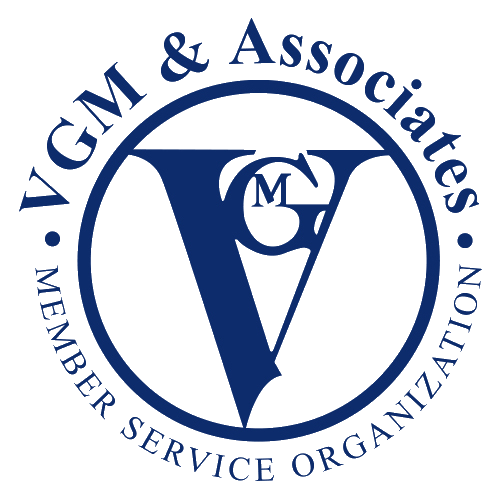2022 Virtual Washington Legislative Conference
TexMEP Executive Director, Lauryn Estrella, joined members and Texas HME providers in sharing their passion for high-quality care and detailed the challenges they are facing in the current reimbursement and business environment to the House and Senate offices in the 2022 Virtual Washington Legislative Conference held on September 21, 2022.
Below you will find a summary of topics on these calls and supporting documents. If you have any questions, please reach out to TexMEP Executive Director, Lauryn Estrella, at lauryn@texmep.org or AAHomecare contacts, Gordon Barnes at gordonb@aahomecare.org and Tilly Gambill at tillyg@aahomecare.org.
Showing Competitive Bid, Rural, and Non-Rural areas and districts in Texas
The 2022 former Competitive Bidding Area (CBA) DMEPOS rates that are in effect today are largely based on bids suppliers submitted in 2015 for the two Competitive Bidding Program (CBP) rounds that went into effect in July 2016 and January 2017. * This document is a timeline of the DMEPOS CBP rates, and the state of the industry and economy at each year.
Estimate Number of Traditional Medicare DMEPOS Locations (Rooftops) by State
- Summary of Report Findings: Analysis on the Impact of Competitive Bidding on Medicare Beneficiary Access to Durable Medical Equipment
- Study Highlights: Analysis of the Cost of Providing Durable Medical Equipment to the Medicare Population/Measuring the Impact of Competitive Bidding
- Medicare Spending Chart
- True Cost of HME Executive Summary
Our Asks and Supporting Documents
AAHomecare and other DME stakeholders urge Congress to support the DMEPOS Relief Act of 2022 (H.R. 6641) which would provide for a 90/10 blended payment rate (90% competitive bidding rates/10% unadjusted Medicare fee schedule rates) for the 13 DME categories that were removed from this round of the DMEPOS Competitive Bidding Program until the next Round of bidding.
In 2018, CMS paused the DMEPOS Competitive Bidding Program (CBP) because of design flaws that caused unsustainable payment rates. CMS used the 2 year pause to redesign the program.
Unfortunately, CMS maintained the previously flawed payment rates during the gap period that were established in 2016, which were 50-60% lower than the unadjusted Medicare fee schedule rates.
It was the DME industry’s hope that when the CBP restarted in 2021, payment rates would increase. At the end of 2020, CMS decided to pull 13 of 15 categories out of the current CBP, since according to CMS, the program did not achieve expected savings.
Documents:
Urge the Centers for Medicare and Medicaid Services (“CMS”) to reconsider the Medicare program’s current coverage policy for power seat elevation and power standing systems in Group 3 power wheelchairs, which are classified by Medicare as complex rehabilitative wheelchairs.
A power seat elevation system is a component of a wheelchair that raises and lowers users while they remain in the seated position, providing varying amounts of vertical height. Section 1861(n) of the Social Security Act specifically identifies wheelchairs as durable medical equipment (DME). Medicare requires (among other criteria) that DME primarily and customarily be used to serve a medical purpose and to make a meaningful contribution to the treatment of the individual’s illness or injury or to the improvement of his or her malformed body member, when used in the home.
Complex Power Standing Wheelchairs allow you to control your position from sitting to standing. The standing technology is safe, reliable, stable and durable. Like all Complex Rehab Technology, Complex Power Standing Wheelchairs are individually configured, meaning that your chair will be customized to your needs.
Documents:
We ask Congress to extend the DME non-Competitive Bidding Area relief included in the CARES Act of 2020 for two years after the public health emergency expires.
On January 1, 2016, the first phase of the two-part reimbursement adjustment for suppliers serving patients outside of CBAs took effect. On July 1, 2016, the prices were fully phased in, slashing Medicare reimbursement by over 50% on average.
It is estimated that over 40% of traditional DME companies nationwide have either closed or are no longer taking Medicare patients due to these unsustainable payment cuts.
Costs have continued to rise throughout the pandemic. The entire supply chain has been affected while demand climbs on key product categories used to treat COVID-19 globally such as oxygen and ventilators as well as non-direct products as a growing number of individuals are being released from hospital to home instead of skilled facilities.
Delivery costs alone have increased by 33% on average during the pandemic including roundtrip expenses with vehicle cost, labor, PPE, and time to set up equipment, educate beneficiaries and/or family caregivers, and pick up equipment.
Documents:
If Congress does not pass legislation to stop the PAYGO cuts by the end of 2022, an additional 4% cut would be added to existing 2% Medicare sequestration cut in 2023.
The American Rescue Plan Act (ARP) of 2021 increased spending without offsets to other federal programs. Under statutory Pay-As-You-Go (PAYGO) rules, any increases to the federal deficit automatically trigger an additional series of across-the-board reductions to federal programs. According to the Congressional Budget Office (CBO), the ARP created a 4% cut or $36 billion for Medicare providers per year. In December 2021, Congress passed a bill that averted the statutory PAYGO Medicare cuts for 2022 that punted it to take effect in 2023.
Additional PAYGO cuts would be devastating to HME providers and manufacturers during the current economic challenges. They cannot pass on the additional cost due to the Medicare fee schedule. Only Congress can stop this. Averting the 2023 PAYGO cuts will allow the HME community to continue to provide high quality care and lessen the stress on hospitals, nursing facilities, doctors, and clinicians during the ongoing pandemic.
Documents:
5. Congress should increase oversight
for Medicare Advantage plans
CMS recently issued a formal Request for Information related to various aspects of the Medicare Advantage (MA) Program. Twenty years since its inception, the MA Program now has 28 million participants, representing 46 percent of all Medicare beneficiaries.
It is an appropriate time for CMS to closely examine the MA Program in its “Vision for Medicare” which aims to place “the person at the center of care and drive a future where people with Medicare receive more equitable, high-quality, and whole-person care that is affordable and sustainable.”
Over the last 20 years, home care technology has made tremendous strides, enabling an increasing number of patients to receive safe, efficacious, and cost-effective health care at home—the site they prefer to be. Our country’s experience with the ongoing COVID-19 public health emergency has demonstrated that Home Medical Equipment (HME) suppliers have been able to take care of many patients at home, thereby alleviating hospital overcrowding.
We ask CMS to:
- Improve Oversight of Medicare Advantage Plans (MAPs)
- Ensure Access to Care
- Provide Streamlined Prior Authorization (PA) Guidance
- Drive Innovation; Value Based Care Contracting for DME
Documents:
CMS needs to ensure oxygen patients that received services during the PHE will continue to have access to their oxygen therapy.
During the COVID-19 Public Health Emergency (PHE), the Centers for Medicare & Medicaid Services (CMS) implemented waivers and flexibilities for certain Durable Medical Equipment, Prosthetics, Orthotics, & Supplies (DMEPOS) items and services. DMEPOS such as oxygen were in high need during the PHE in keeping patients safe and at home. CMS allowed for the following flexibilities for at-home oxygen during the PHE:
- Removed the Face-to-Face (F2F) requirement
- Waived requirement for supplier to obtain clinical records documenting the current Medicare coverage criteria—allowing for beneficiaries to receive oxygen therapy when a prescriber ordered it and documented medical need
- Waived the Certificate of Medical Necessity (CMN) requirement
- Waived the physical signature requirement on a proof of delivery
- Waived the in-person equipment check in instances where a payer change occurred
- Allowed for patient’s home to be the originating site for telehealth
PLATINUM MEMBERS






